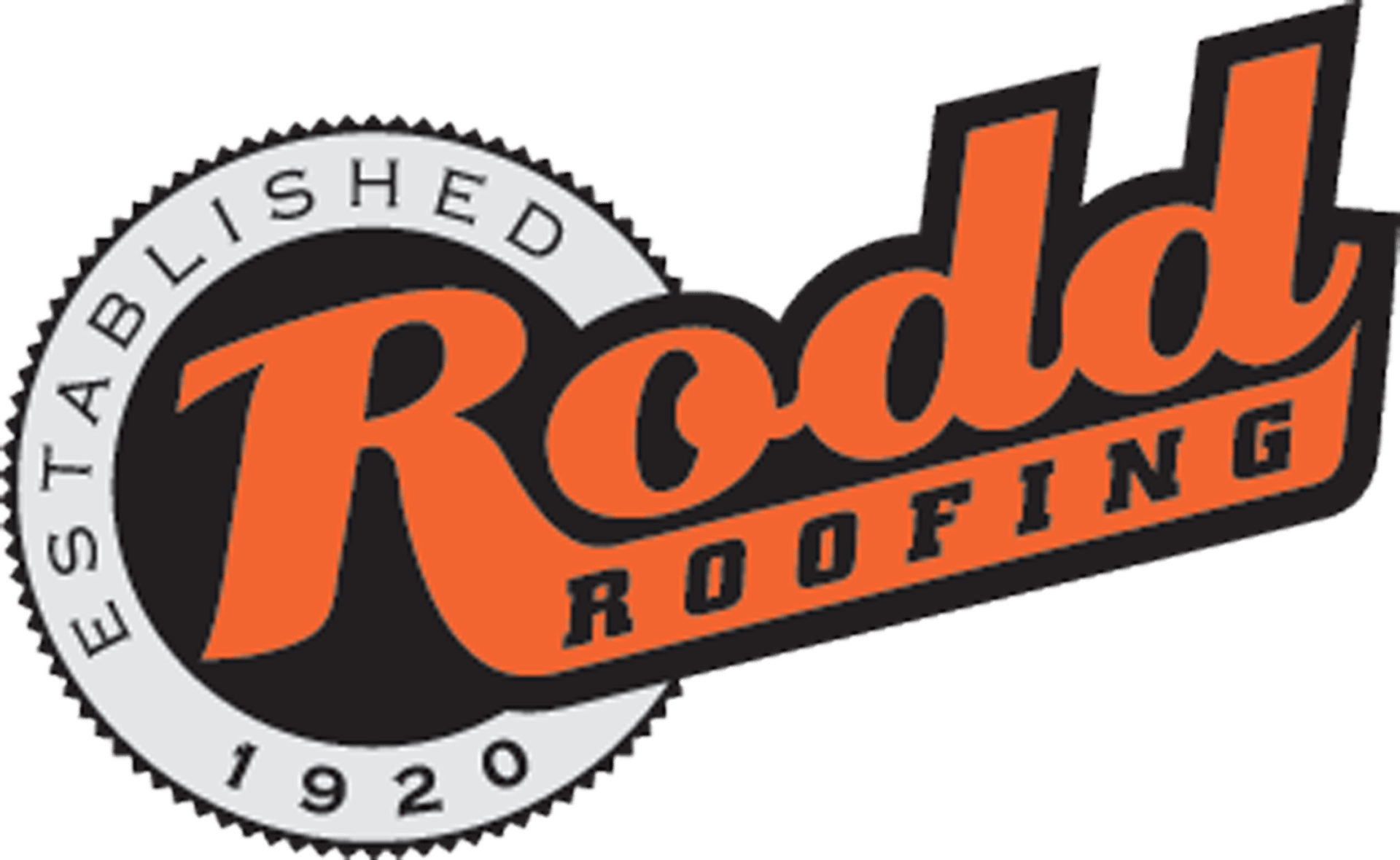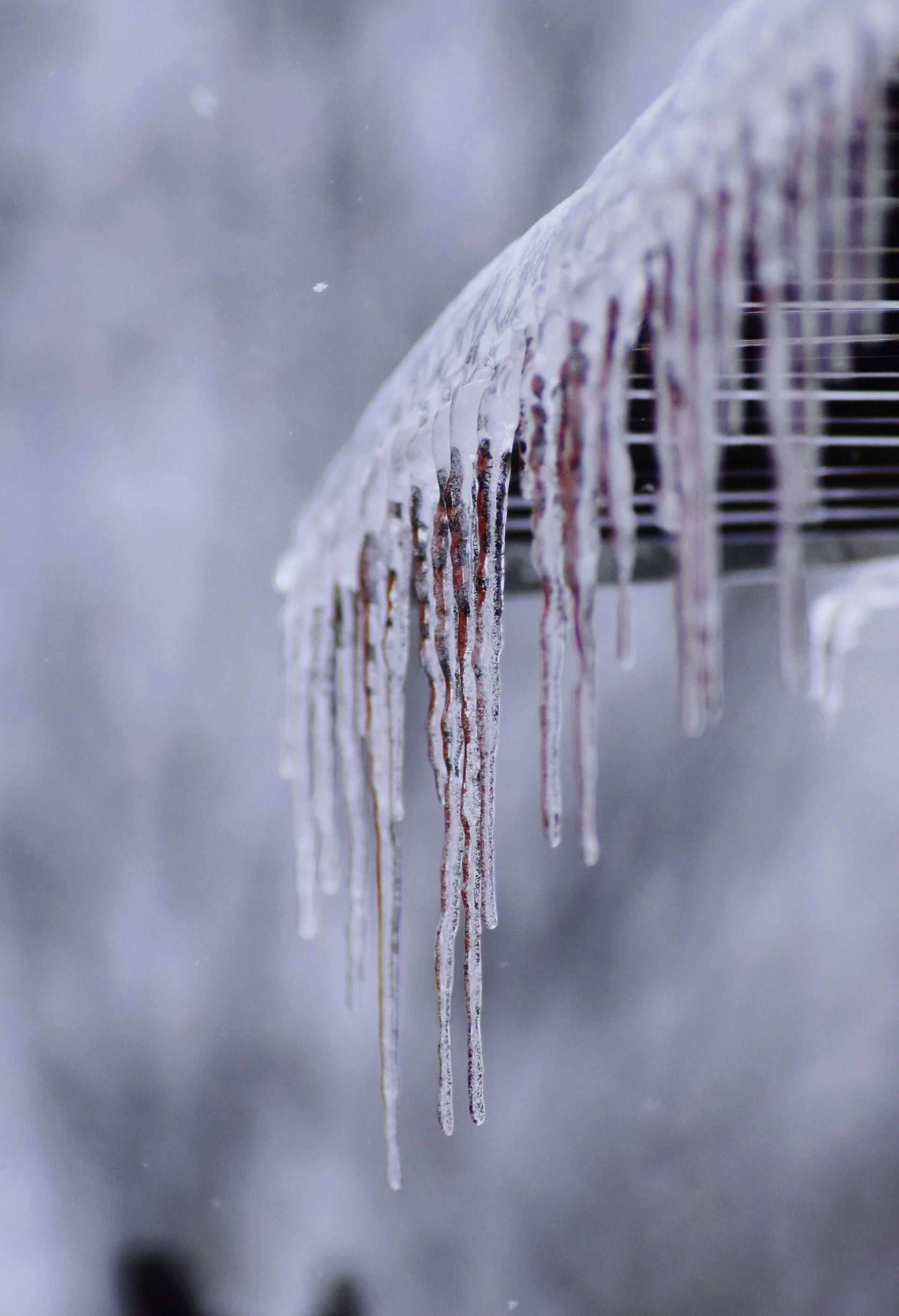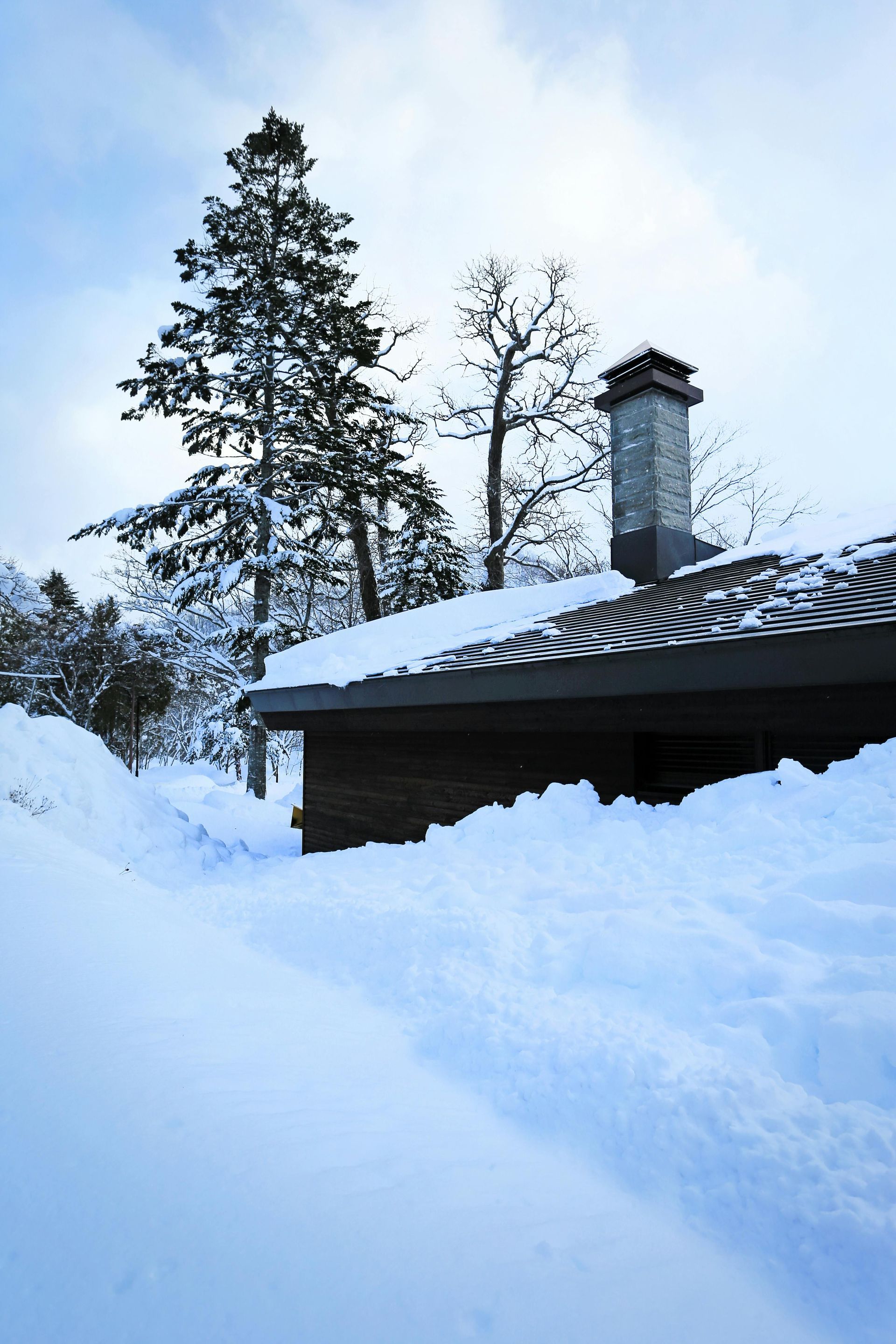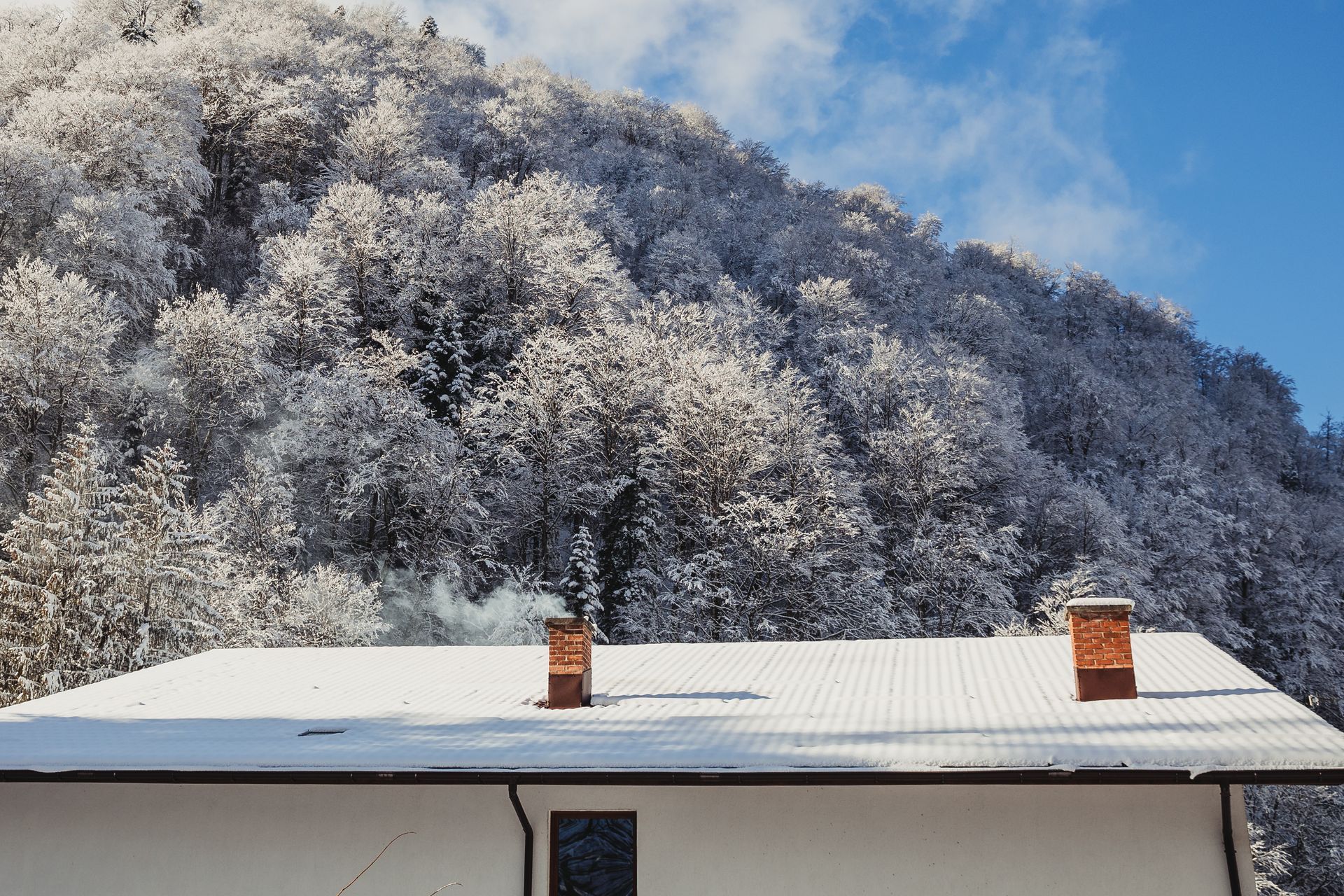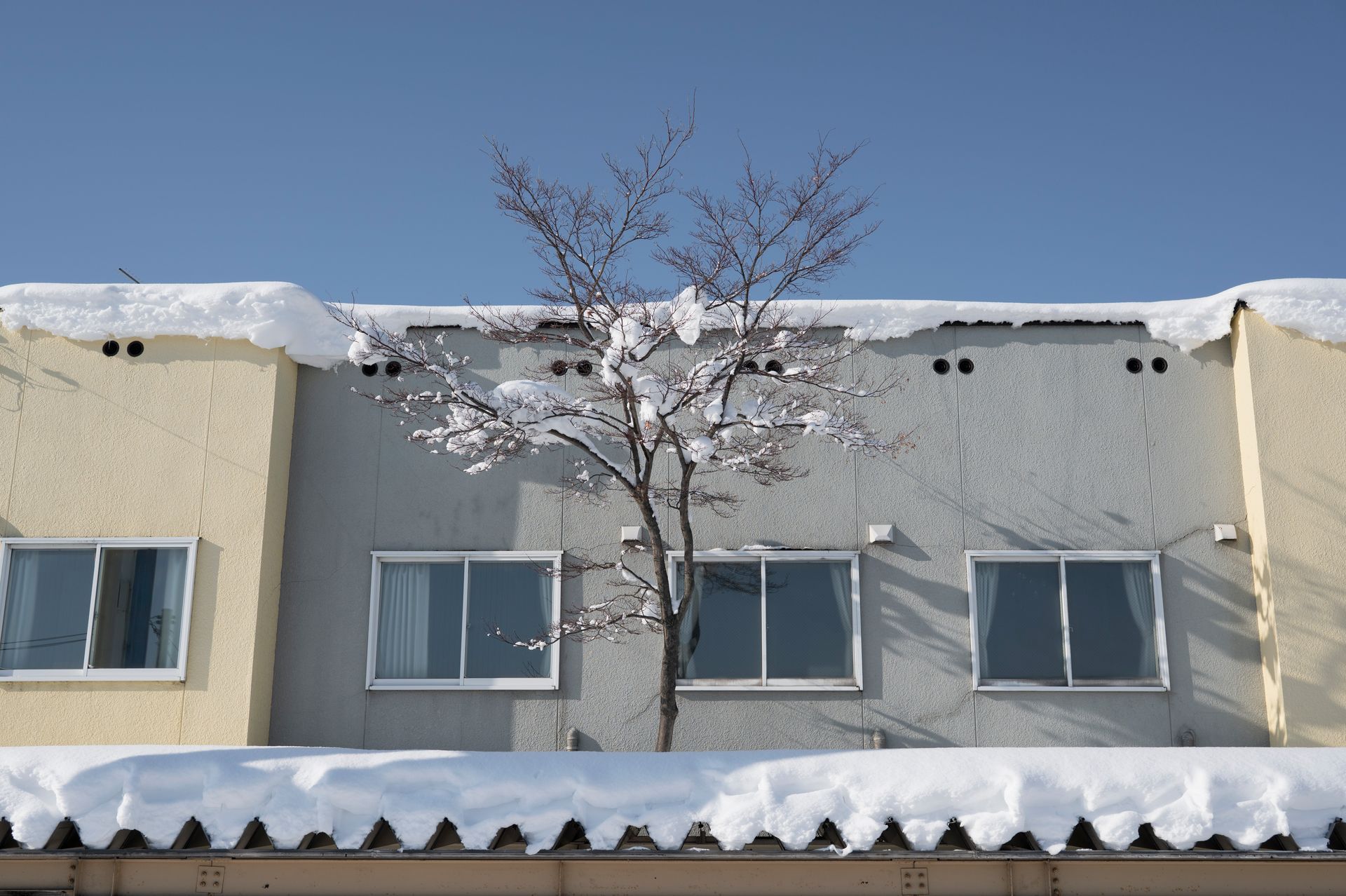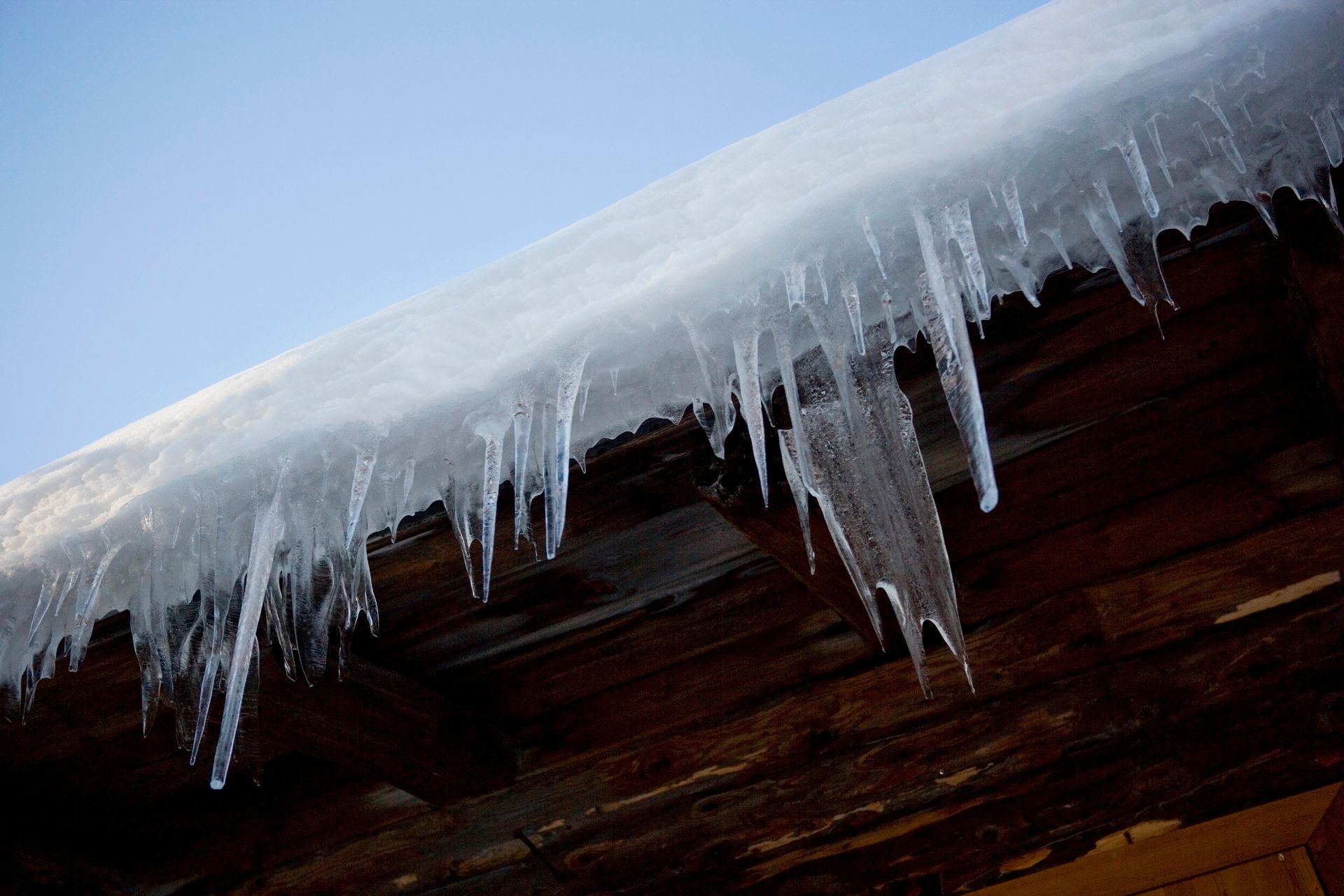Roof Leaks 101
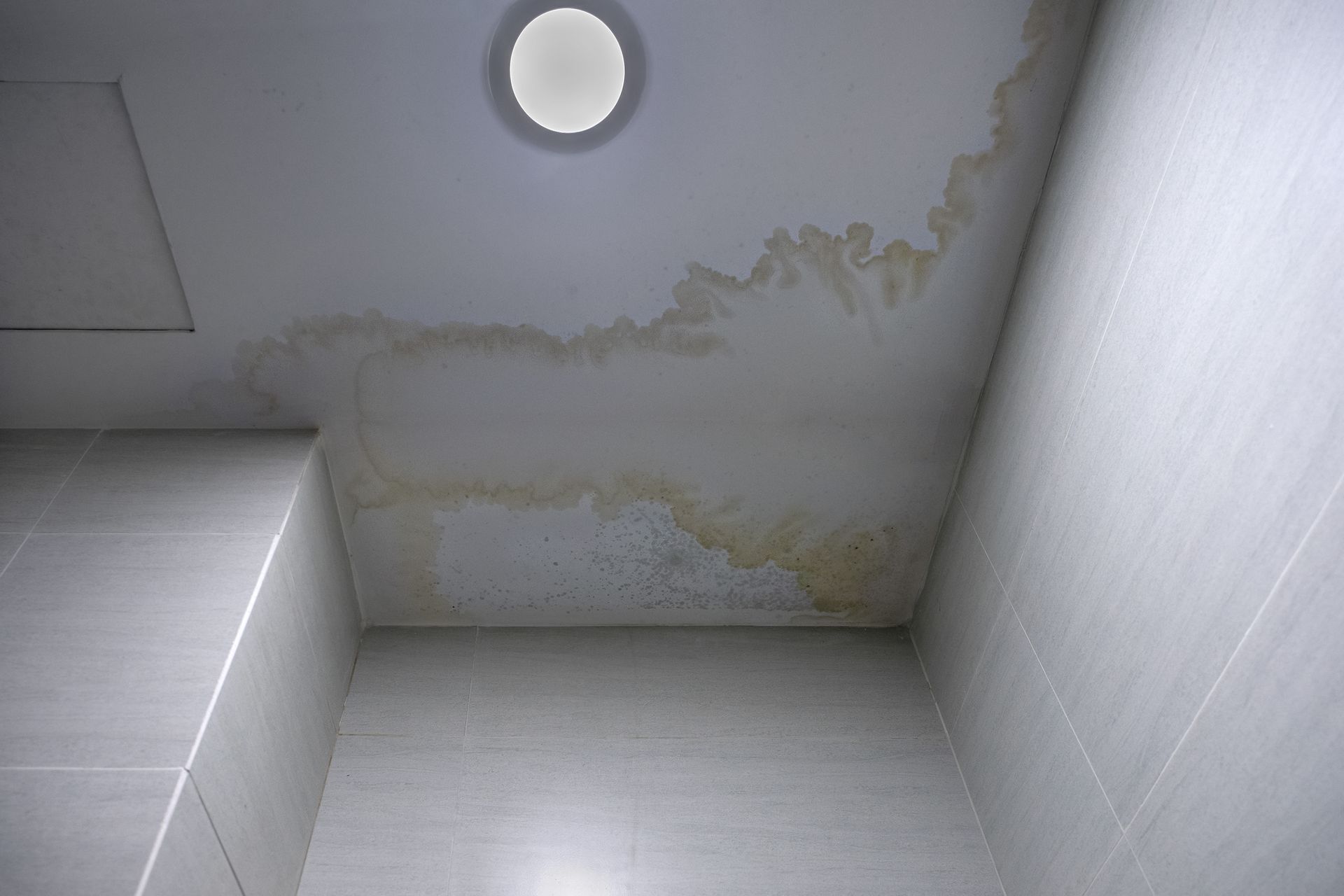
5 Common Causes of Roof Leaks
A leaky roof is one of those problems you never want to deal with, but when it happens, it can’t be ignored. One small drip can turn into major damage fast, especially if the root cause goes unchecked.
The truth is, roof leaks are often avoidable if you know what to watch for. So let’s break it down. Here are the top five reasons your roof might be failing and what you can do about it.
Damaged or Missing Shingles
Shingles are your roof’s first line of defense, and when they’re damaged or missing, trouble isn’t far behind. High winds, hail, or even just age can cause shingles to crack, curl, or blow away entirely. Once that protective layer is compromised, water can find its way underneath and start doing damage.
What to do: After a big storm, do a visual inspection from the ground or call in a pro to take a closer look. Replacing a few shingles now is a lot cheaper than replacing a ceiling later.
Flashing Failures
Flashing is the thin metal material that seals roof transitions, like where the roof meets a wall, a chimney, or a skylight. It might not look like much, but it plays a huge role in keeping water out. If the flashing cracks, rusts, or pulls away, water can seep into joints and gaps with ease.
What to do: Check flashing during regular roof inspections. If it’s loose, bent, or looks corroded, it needs attention. Sealing or replacing flashing is a relatively simple repair that can save you from a much bigger headache.
Clogged Gutters
Gutters are designed to channel water away from your roof and home. But if they’re full of leaves, sticks, and debris, water backs up and can pool along the roof’s edge. That standing water can sneak under shingles, soak into your fascia, and lead to rot and leaks.
What to do: Regularly cleaning your gutters, especially in the fall and spring, will help prevent any damage. Additionally, you should also check that downspouts are clear and directing water away from your foundation.
Age & Wear
Roofs don’t last forever. Depending on your roofing material, the typical lifespan is anywhere from 20 to 50 years. Over time, even a well-installed roof will begin to break down. Granules wear off, shingles get brittle, and materials lose their water resistance.
What to do: If your roof is nearing the end of its lifespan, it’s time to start thinking about replacement, before it's too late.
Poor Installations or Repairs
Unfortunately, not all roofing work is done right the first time. If your roof was installed without proper sealing, underlayment, or ventilation, it might be more vulnerable to leaks from the start. The same goes for sloppy repairs.
What to do: Always work with a licensed, experienced roofing company. And if you suspect past work wasn’t done correctly, get an inspection to assess the situation.
A leaky roof doesn’t have to be a mystery. Knowing the common causes puts you one step ahead. If you're seeing signs of a leak, or just want peace of mind, our team is here to help. Let’s keep your home dry, safe, and protected.

